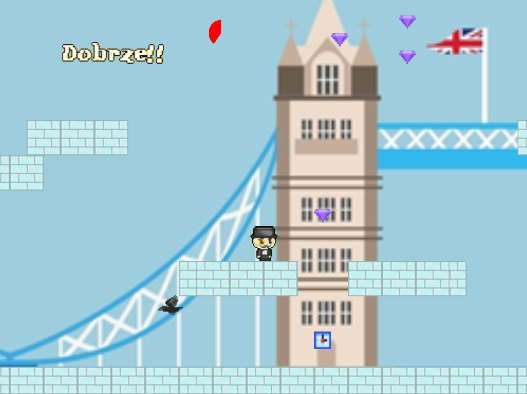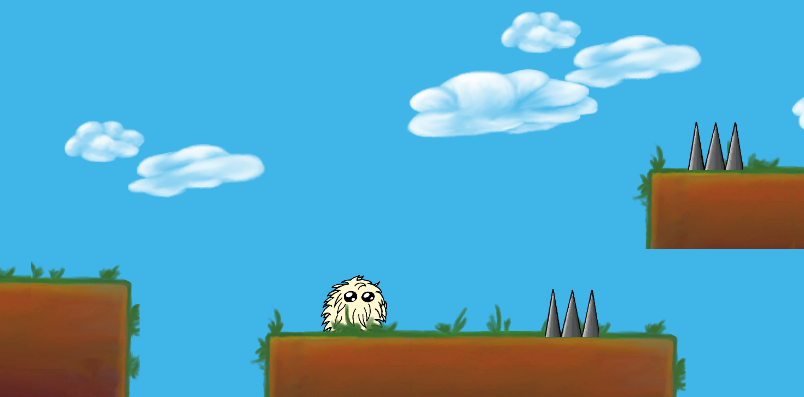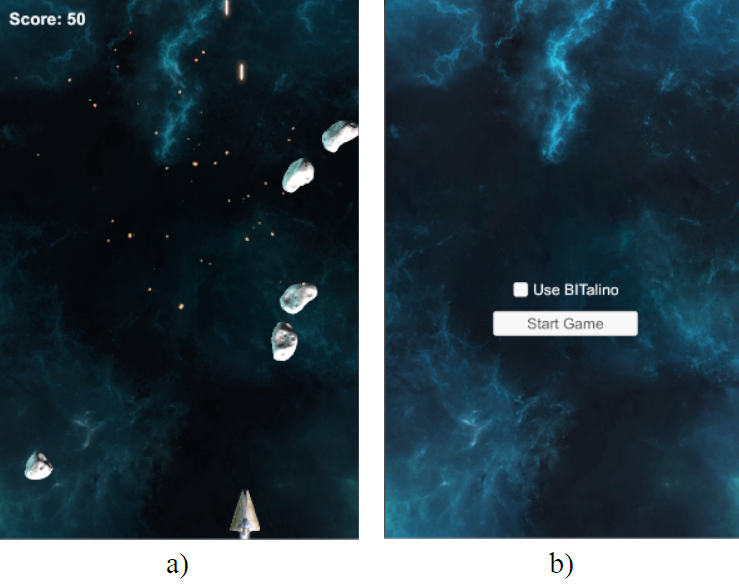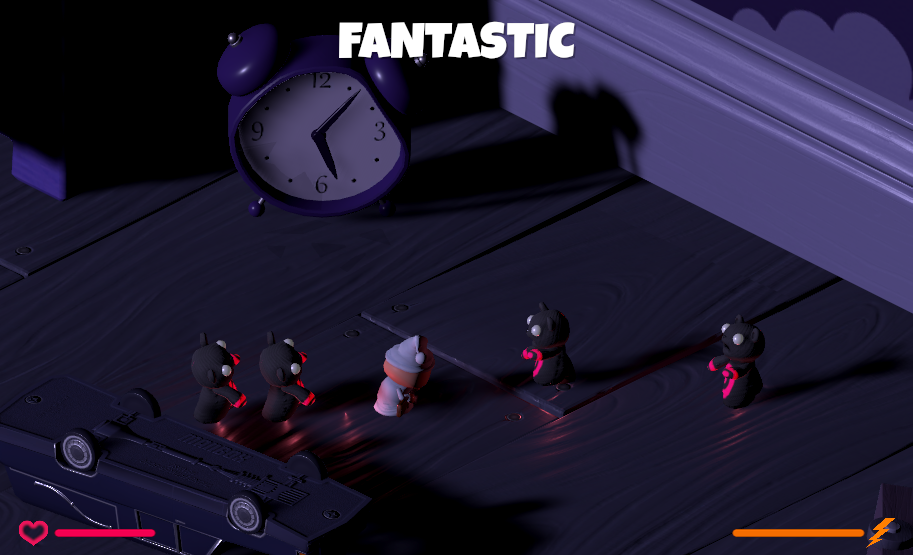Table of Contents
Affective Game Prototypes
If you are interested interested in using prototypes in your reasearch, please contact Krzysztof Kutt.
Room of the Ghosts / Jump! / Labyrinth
Three affective games designed with the emphasis on differentiating the levels of difficulty. The games focus on a limited number of mechanics to evoke a limited set of emotions, which should make it easier to analyze game logs and draw conclusions.
Space Shooter
Space Shooter is a modified version of the arcade style shooter, created on the basis of the Unity guide. Main goal of the game is to steer a spaceship and destroy incoming asteroids. The player receives points for destroying an asteroid before it reaches the bottom of the screen.
The user can shoot by clenching his fist. The speed of asteroids is manipulated based on heart rate, while the brightness of the background changes according to the calculated emotional index.
Heart rate computed during calibration phase is the default value, with which the readings are compared during the game, so as to modify the speed of asteroids. In the case of EMG calibration, readings are used later as a threshold value, above which the game mechanism will read the movement of the hand as a shot.
Freud Me Out
The name of the game is related to storyline elements that refer to the concept of Sigmund Freud's psychoanalysis. The player is drawn into an unconventional therapy, in which he must face opponents lurking inside his consciousness, preconsciousness and unconsciousness.
Throughout the entire game, the player is kept in contact with a psychotherapist who helps him and clarifies how the system works. For example, when the player is very frustrated or very angry, enemies adjust their speed to those emotions and proper information is provided. The guidance is a key point in explainability of affective loop implemented in our application, as well as in keeping the player interested.
Similarly to the previous prototype, this one also allows for play with- and without the affective loop. Physiological signals extend standard control using the mouse and the keyboard. The player's task is to eliminate specified number of enemies using a gun, or by the activation of the SuperPower that allows to eliminate many opponents at once, by flexing the two-headed muscle of the upper arm.
The speed of opponents' movement is adjusted depending on the heart rate. What is more, randomness of spawning points is modified based on heart rate and electrodermal activity combination.
London Bridge
London Bridge is a side-scroller platformer game, designed and developed for research purposes. 
The game was created using Game Maker Studio v 1.4 (see developer's webpage).
In London Bridge, the player controls an English Gentleman, who traverses the London Bridge, as it's falling down (referring to old nursery rhyme “London Bridge is falling down” (example interpretation of the song). The game goal is to collect purple Diamonds within specified time limit, while avoiding being hit by burning bricks that fall down on the player, and crows that fly towards him from the right side of the screen. Picking up a Diamond grants 5 points. Bricks subtract 5 points from the player's score, Crows steal 5 seconds from the remaining time. Bricks and Crows spawn randomly. Also, the player can (and should) collect the Clocks to boost his remaining time by 5 seconds. As in the case of old side-scrolling games (like Super Mario series, etc.), the player can progress only by walking to the right - as the game screen progresses with the player, the passed route on the left becomes unavailable (the Bridge has already collapsed there).
The information on player's score and remaining time is indirect - the score is represented by a descriptive label (ranging from “Awful” to “Fantastic”), and the passing time is depicted as a gradually diminishing piechart.
What is more, when half of the designated time has passed, the player is informed about that with a warning notification that appears in the center of the screen.
Publications
Related papers include:
- [Space Shooter v2, Freud Me Out v2] K. Kutt, D. Drążyk, P. Jemioło, S. Bobek, B. Giżycka, V. Rodriguez-Fernandez, and G. J. Nalepa, “BIRAFFE: Bio-Reactions and Faces for Emotion-based Personalization,” in Proceedings of the 3rd Workshop on Affective Computing and Context Awareness in Ambient Intelligence (AfCAI 2019), 2020, vol. 2609
- [Space Shooter v1, Freud Me Out v1] P. Jemioło, B. Giżycka, and G. J. Nalepa, “Prototypes of Arcade Games Enabling Affective Interaction”




